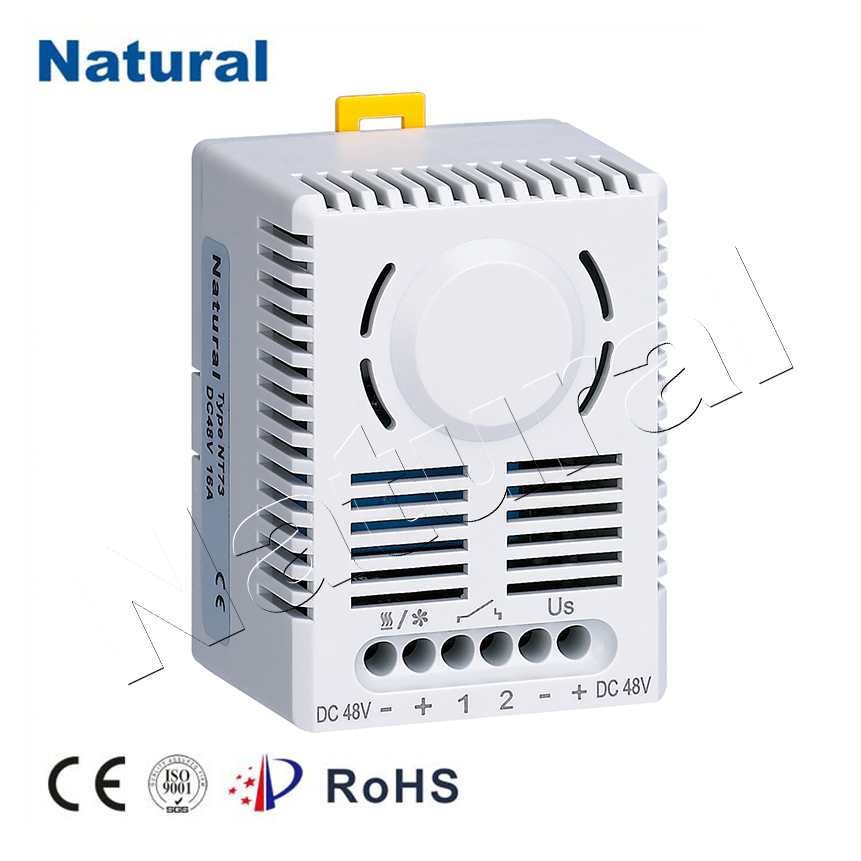Thermostat switches have revolutionized the way we control temperature, making our lives more comfortable and energy-efficient. These unassuming devices play a pivotal role in maintaining desired temperatures in various settings, from our homes to industrial environments. In this article, we’ll explore the evolution and functionality of thermostat switches, shedding light on their importance and impact.

Evolution of Thermostat Switches The concept of controlling temperature dates back to ancient times when people relied on simple methods like opening windows or lighting fires. However, the modern thermostat switch as we know it today has undergone a remarkable transformation. The first significant advancement occurred in the 17th century with the invention of the mercury thermostat by Cornelis Drebbel. This device utilized the expansion and contraction of mercury to regulate temperature. Over the years, advancements in materials and technology led to the development of bimetallic thermostat switches, which used the different expansion rates of metals to control electrical circuits. The digital revolution of the late 20th century paved the way for programmable thermostat switches. These devices allowed users to set specific temperature profiles for different times of the day, optimizing energy consumption. Today, we have smart thermostat switches that can be controlled remotely through smartphones and can even learn user preferences, further enhancing efficiency and comfort. Functionality and Applications Thermostat switches operate on a simple yet effective principle: maintaining a set temperature by controlling the heating or cooling systems. When the temperature deviates from the desired level, the thermostat switch triggers the appropriate action to restore balance. This mechanism has wide-ranging applications across various sectors. Residential Use: In homes, thermostat switches regulate heating, ventilation, and air conditioning (HVAC) systems. They ensure that indoor temperatures remain comfortable while minimizing energy wastage. Programmable thermostats allow homeowners to create schedules that align with their daily routines, reducing unnecessary energy consumption. Commercial and Industrial Settings: Commercial buildings and industrial facilities utilize thermostat switches to maintain stable temperatures, critical for processes, equipment, and employee comfort. These switches contribute to preserving product quality and improving energy efficiency in large spaces. Energy Efficiency: Thermostat switches play a crucial role in promoting energy conservation. By preventing HVAC systems from running excessively, they help reduce carbon footprints and lower utility bills. Smart thermostat switches take this a step further by adapting to occupancy patterns and external weather conditions. Safety: Beyond comfort and efficiency, thermostat switches also ensure safety. In industrial environments, they prevent equipment overheating, minimizing the risk of fires and accidents. Additionally, in incubators and medical devices, accurate temperature control is essential for maintaining the viability of samples and ensuring patient safety. Green Building Initiatives: As the world focuses on sustainability, thermostat switches have become integral to green building initiatives. Regulations and certifications encourage the use of energy-efficient systems, making thermostat switches a cornerstone of eco-friendly construction. The Future of Thermostat Switches Looking ahead, the future of thermostat switches seems promising. With advancements in sensor technology, connectivity, and artificial intelligence, we can expect even smarter and more responsive devices. Predictive algorithms might anticipate temperature changes and adjust settings proactively. Integration with renewable energy sources like solar panels could lead to more sustainable and self-sufficient systems. In conclusion, thermostat switches have come a long way from their humble origins, transforming the way we control temperature in various environments. Their evolution reflects our constant quest for comfort, efficiency, and sustainability. As technology continues to progress, these unassuming devices will undoubtedly continue to play a significant role in shaping our living and working spaces for the better.